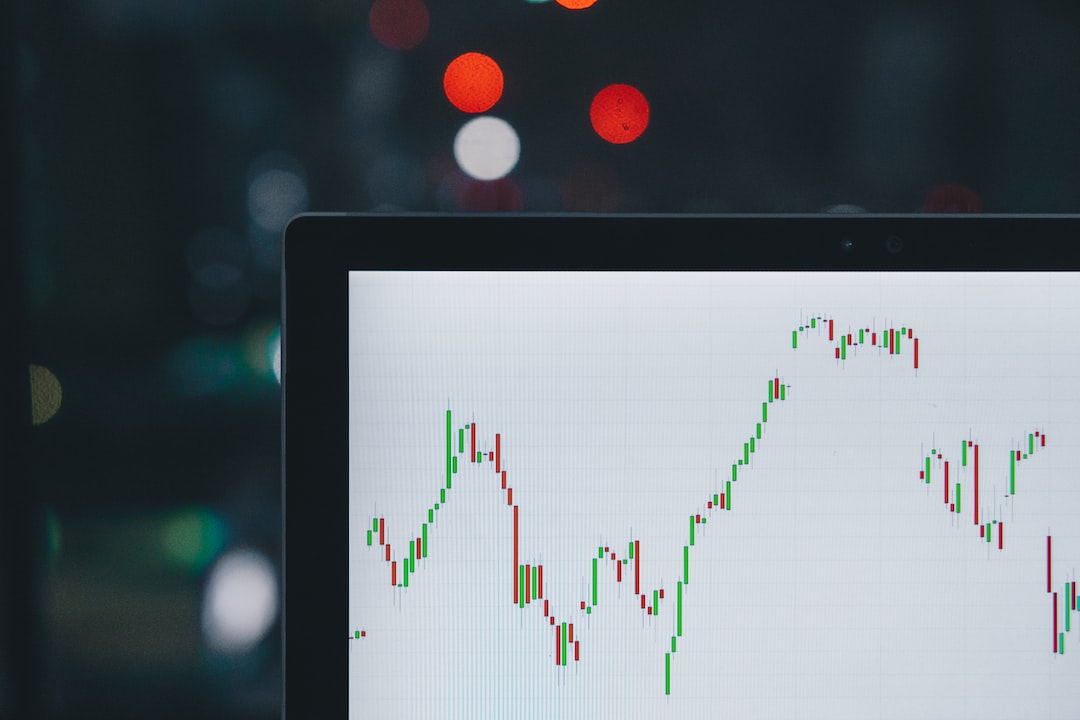Forex trading is a complex and challenging investment with many variables and factors to consider. One of the most important concepts in forex trading is understanding resistance and support levels. These levels are critical to successful trading, as they help traders identify potential entry and exit points in the market. In this article, we will explore how to find resistance and support in forex trading.
Resistance and support levels are price levels at which the market has historically had difficulty penetrating. Resistance is the price level at which the market has difficulty breaking through to the upside, while support is the price level at which the market has difficulty breaking through to the downside. These levels can be thought of as barriers that the market must overcome in order to continue moving in a particular direction.
One of the most common methods for identifying resistance and support levels is through the use of technical analysis. Technical analysis involves the use of charts and other tools to analyze market data and identify trends and patterns. There are several different technical indicators that traders can use to help identify resistance and support levels.
One of the most popular indicators for identifying support and resistance is the moving average. Moving averages are calculated by taking the average price of a currency pair over a certain period of time. Traders can use moving averages to identify trends and to identify potential support and resistance levels. When the price of a currency pair is trading above its moving average, this can indicate that the market is in an uptrend and that the moving average is acting as a support level. Conversely, when the price is trading below its moving average, this can indicate that the market is in a downtrend and that the moving average is acting as a resistance level.
Another popular indicator for identifying support and resistance is the Fibonacci retracement. The Fibonacci retracement is based on the idea that markets tend to retrace a predictable portion of a move, after which the trend will continue. This retracement is calculated using a series of ratios derived from the Fibonacci sequence. Traders can use these ratios to identify potential support and resistance levels.
Other technical indicators that can be used to identify support and resistance levels include trendlines, chart patterns, and pivot points. Trendlines are drawn across the highs or lows of a currency pair to identify potential resistance or support levels. Chart patterns, such as head and shoulders or triangles, can also be used to identify potential support and resistance levels. Pivot points are calculated based on the previous day’s high, low, and closing prices and can be used to identify potential support and resistance levels for the current trading day.
In addition to technical analysis, traders can also use fundamental analysis to identify potential support and resistance levels. Fundamental analysis involves analyzing economic and political factors that may affect the value of a currency. For example, if a country is experiencing strong economic growth, this may lead to a stronger currency and potential support levels. Conversely, if a country is experiencing political turmoil or economic downturn, this may lead to a weaker currency and potential resistance levels.
Ultimately, identifying support and resistance levels is a critical part of successful forex trading. Traders can use a variety of technical and fundamental analysis tools to identify potential levels, but it is important to remember that these levels are not set in stone. The market is constantly evolving, and traders must be prepared to adjust their strategies as conditions change.
In conclusion, finding resistance and support levels in forex trading is a challenging but critical task. Traders can use a variety of technical and fundamental analysis tools to identify potential levels, but it is important to remember that these levels are not set in stone. Successful traders must be prepared to adjust their strategies as conditions change and be vigilant in monitoring the market for new trends and patterns. With practice and experience, traders can develop the skills and knowledge necessary to identify and trade support and resistance levels effectively.





